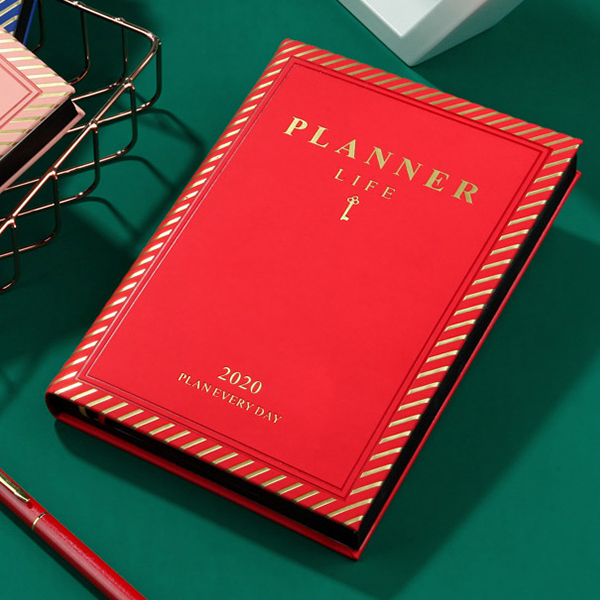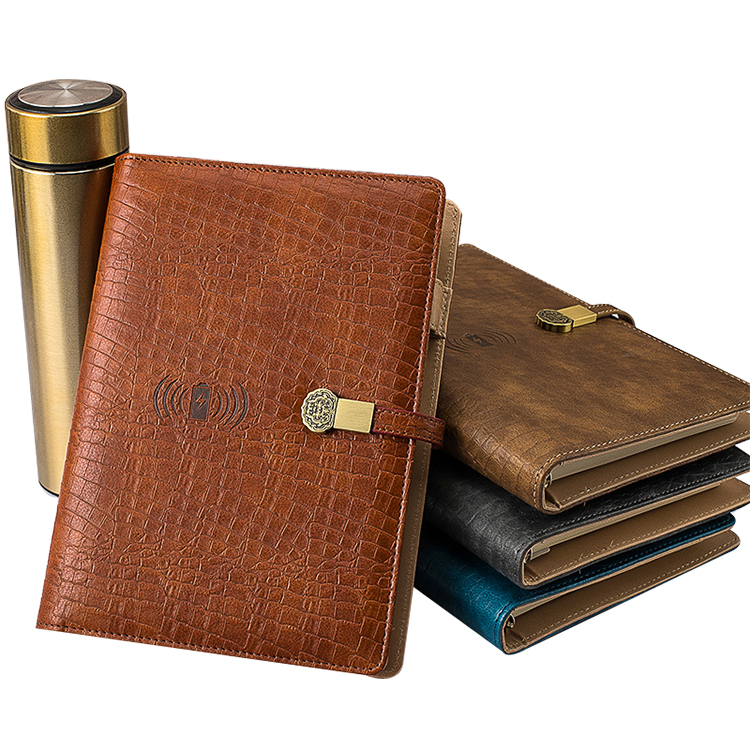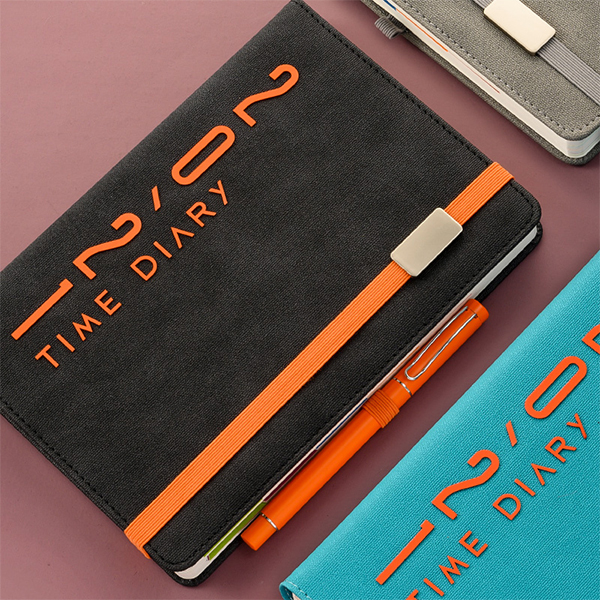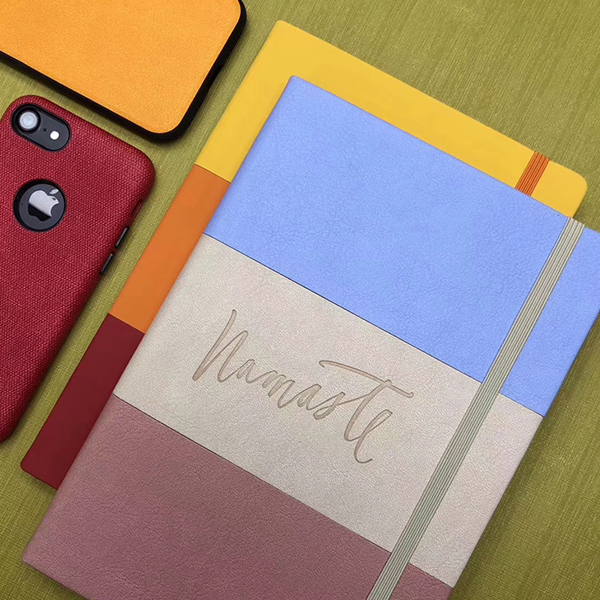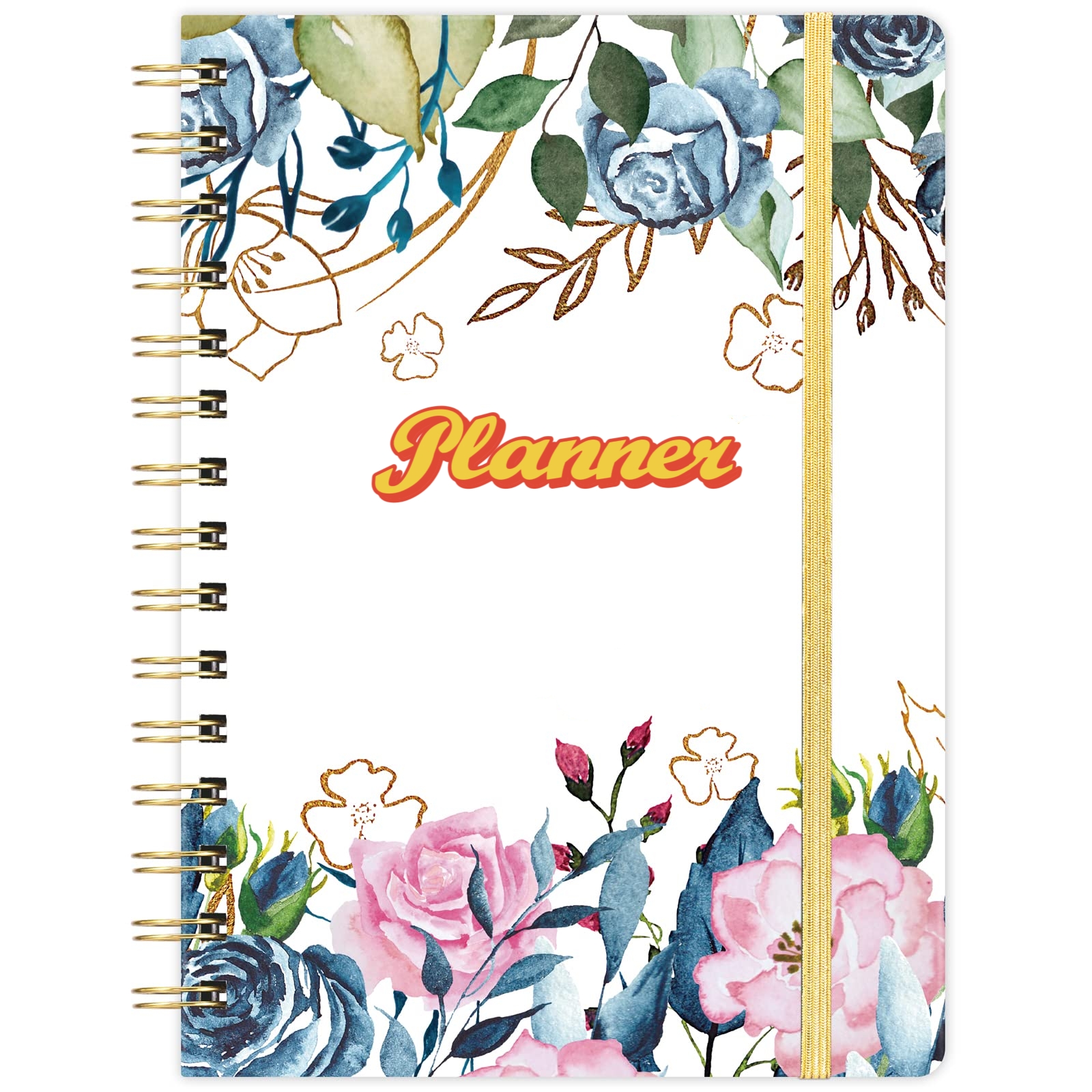
How to Custom Your High-quality Self-help Planner?
Here's an example of a high-quality self-help planner:
1. Start with a sturdy and durable cover made from high-quality materials. This will be the first thing you see and it should be visually appealing.
2. The first few pages should include a brief introduction to the planner, as well as some basic information about the user. This should include things like their name, contact information, and any other relevant details.
3. The self-help planner should be divided into several sections, each with a specific purpose. For example, you might have a section for goal-setting, a section for daily tasks and reminders, and a section for tracking progress.
4. Each section should include clear and concise headings and subheadings. This will help users quickly and easily find the information they need.
5. The self-help planner should be designed with simplicity in mind. Users should be able to quickly and easily understand the layout and how to use the planner.
6. The self-help planner should include plenty of white space to allow for customization. Users should be able to add their own notes, goals, and ideas.
7. The self-help planner should be easy to use and maintain. It should be easy to fill out each day and should include helpful reminders to help users stay on track.
8. The self-help planner should be easy to transport. It should be lightweight and portable, so users can take it with them wherever they go.
9. Finally, the planner should be designed with the user in mind. It should be tailored to their specific needs and preferences, so they feel motivated to use it consistently.
1. Start with a sturdy and durable cover made from high-quality materials. This will be the first thing you see and it should be visually appealing.
2. The first few pages should include a brief introduction to the planner, as well as some basic information about the user. This should include things like their name, contact information, and any other relevant details.
3. The self-help planner should be divided into several sections, each with a specific purpose. For example, you might have a section for goal-setting, a section for daily tasks and reminders, and a section for tracking progress.
4. Each section should include clear and concise headings and subheadings. This will help users quickly and easily find the information they need.
5. The self-help planner should be designed with simplicity in mind. Users should be able to quickly and easily understand the layout and how to use the planner.
6. The self-help planner should include plenty of white space to allow for customization. Users should be able to add their own notes, goals, and ideas.
7. The self-help planner should be easy to use and maintain. It should be easy to fill out each day and should include helpful reminders to help users stay on track.
8. The self-help planner should be easy to transport. It should be lightweight and portable, so users can take it with them wherever they go.
9. Finally, the planner should be designed with the user in mind. It should be tailored to their specific needs and preferences, so they feel motivated to use it consistently.
We warmly welcome your inquiry and long term cooperate!
welcome you to be our distributor in your local market



